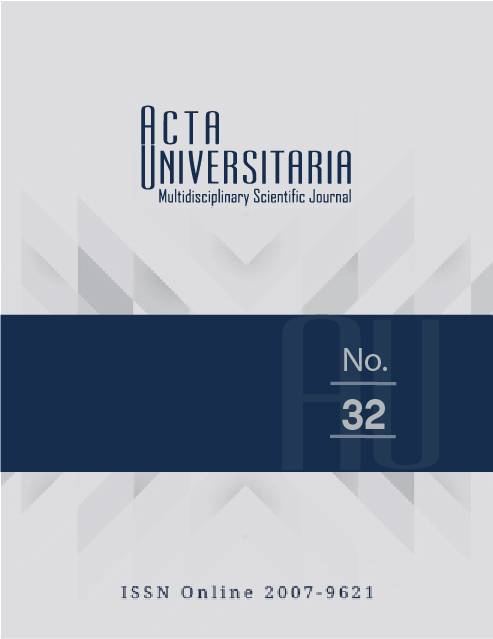Physicochemical characterization of particulate material from Popocatépetl, Atlixco-Puebla route, and its impact on health and the environment
Published 2022-08-17
How to Cite
Abstract
The study determined the presence of particulate matter (PM) emitted by the Popocatepetl volcano on March 29 and 31, 2019, between Atlixco-Puebla. The objective was to identify the size and chemical nature of the PM in this area and to recognize the impact on health (by inhalation) and the environment, as well as to compare ashes of the years 1994, 2012, and 2019. The suspended PM was quantified with a DT-9880 counter; the total and leached metals were calculated by atomic absorption spectrophotometry (EAA); and the characterization of ashes was carried out by X-ray diffraction (XRD), infrared spectroscopy (FTIR-ATR), and energy dispersive spectroscopy (EDS)/scanning electron microscopy (SEM). As a result, 99.9% of the PM presented 0.3 µm to 2.5 µm total metals: chromium (8.5 ppm), copper (0.61 ppm), magnesium (99.9 ppm), and zinc (39 ppm). Leaching was from 0.05% to 2.5% of total metals. It was found significant morphological differences in the porosity and particle size of the ashes. Monitoring PM in this area makes it possible to propose mitigation measures for health and environmental effects.

